Forms of Energy Teaching Resources
Explore forms of energy in your science classes with experiments, activities and more resources for primary teachers!
From lesson plans on electricity to worksheets about thermal energy, this collection is packed with Australian science curriculum-aligned printables and digital resources created by teachers for teachers like you. You'll save time on your lesson plans with easily editable resources, plus you'll be able to meet your students' needs with differentiated options.
Best of all? Every single resource has been carefully reviewed by the science teachers on the Teach Starter team to ensure it's ready for your classroom and your students!
Is this your first year covering the different forms of energy in your classroom? Or maybe you are just looking for fresh ideas? Read on for a primer from our teacher team, including a look at the two main types that these forms can fall into.
What Are the 2 Types of Energy?
Energy can take a variety of forms — from the mechanical energy involved in stretching a rubberband to the motion energy in a gust of wind — but every form of energy can be classified into just two main types. Before we dive into the long list of forms of energy that exist in the universe, it might help to take a look at these types:
- Potential Energy
- Kinetic Energy
Read on to learn how we explain these types to our students!
What Is Potential Energy? A Kid-Friendly Definition and Example
Potential energy is the energy that an object has because of its position or condition.
Let's say you take out a rubberband and stretch it way, way, way out with your hands. Because it is stretched out, the rubberband is full of potential energy that will help it fly farther when it is finally released!
What Is Kinetic Energy?
Kinetic energy is the energy of an object in motion. This type of energy depends on the object's mass and speed.
Let's look at that rubberband example again! It may have potential energy when it is held in a stretched-out position, but once it is released, the rubberband now has kinetic energy as it flies through the air!
What Are Forms of Energy? Examples for Kids
Now that we've covered the two types of energy, let's look at the different forms of energy that fall under each type. We've developed these explanations to help you as you work with students to gain a deeper understanding of how energy affects people and the environment around us!
4 Forms of Potential Energy
- Elastic Energy —This is the energy that can be found when an object is stretched or compressed. Elastic energy can be found in a coiled spring or a stretched rubber band.
- Nuclear Energy — Nuclear energy is a form of energy that originates from the nucleus, or the core, of an atom. This kind of energy is commonly used to generate electricity, but it requires the process of releasing it from the atom.
- Gravitational Energy — Gravitational energy is the energy an object has due to its position in a gravitational field. For example, if you hold a book high in the air, its height creates the potential for the book to fall. This is its gravitational energy and its potential energy!
- Chemical Energy — This type of energy is stored in atoms and molecules.
5 Forms of Kinetic Energy
- Mechanical Energy — Mechanical energy is the energy possessed by an object due to its motion or position.
- Electrical Energy — This is the energy produced by the flow of electric charges or electrons. The electricity that we use to power our computers and our lights is a form of electrical energy!
- Light Energy — Light energy is the energy that we see as visible light. We can get this energy from natural sources like the sun or human-made sources like the lightbulb.
- Thermal Energy — Also called heat energy, thermal energy is a form that most students have experienced in their lives. It's energy that comes from the heat of an object or system, such as the energy of the sun.
- Sound Energy — This form is the energy produced by vibrations that create sound waves. It's the type of energy involved when we speak or sing, and it's also the energy involved in all the noises produced around us.
- Plus Plan
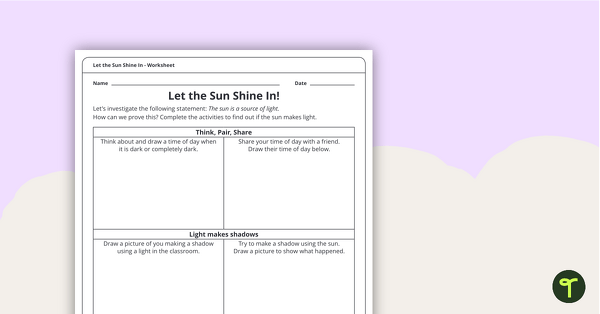
Let the Sun Shine In! - Worksheet
A worksheet to use when exploring the sun as a light source.
- Plus Plan
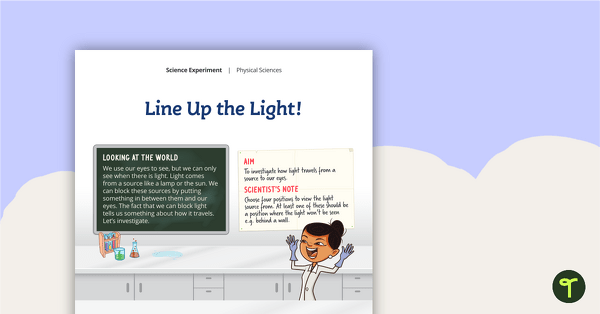
Science Experiment - Line Up the Light!
A science experiment which explores how light travels.
- Plus Plan

Observing Shadows Science Investigation (1-2)
Explore the world of light, shadow, and scientific inquiry with an engaging, outdoor Shadow Observation experiment.
- Plus Plan
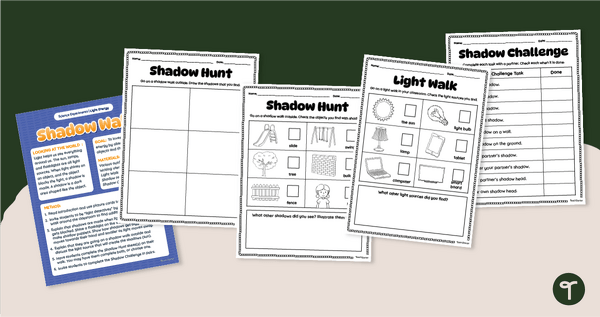
Shadow Walk Activity Pack (F-1)
Explore light and shadow while building science observation skills with a printable early years Shadow Walk Activity Pack.
- Plus Plan
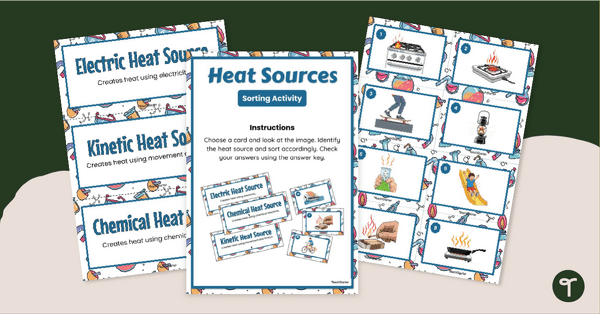
Heat Sources Sorting Activity
Explore various sources of heat and how they are produced with this printable Heat Energy Sorting activity.
- Plus Plan
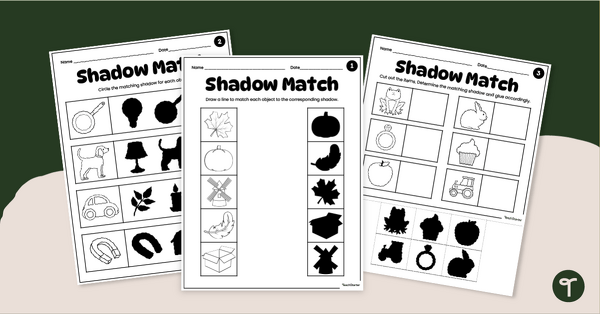
Shadow Matching Worksheet Pack
Use our printable Shadow Matching Worksheet pack to explore shape matching and help your students practise observing properties of objects.
- Plus Plan

Cup and String Phone - Science Sound Investigation
Build and test a cup and string phone to investigate the transmission of sound waves through different media.
- Plus Plan

Natural and Human Made Heat Sources Sort
Explore the different man-made and natural heat sources with this sorting activity.
- Plus Plan
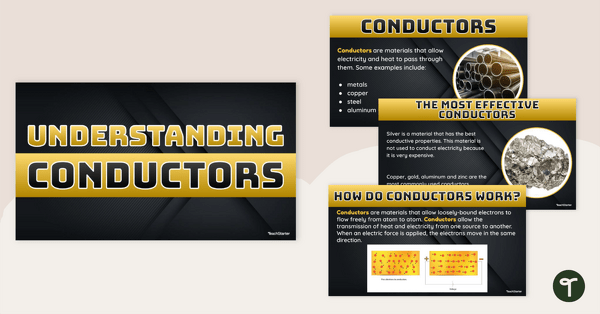
Understanding Conductors Teaching Slides
Teach your students about the basics of conductors with this 17-slide teaching presentation.
- Plus Plan
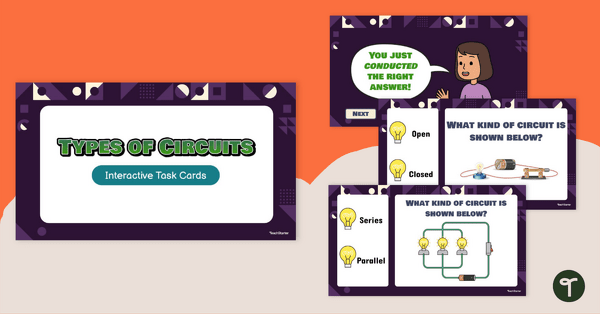
Types of Circuits Interactive Task Cards
Test your students’ knowledge of different types of circuits with this set of 24 interactive task cards.
- Plus Plan
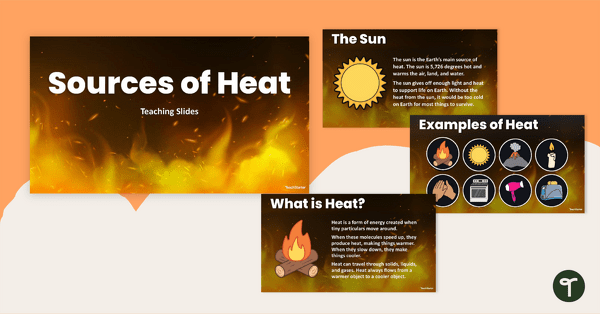
Sources of Heat Teaching Slides
Learn about the different sources of heat with this set of engaging teaching slides.
- Plus Plan
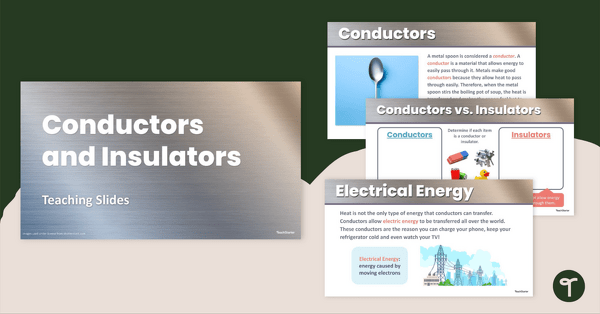
Conductors and Insulators Teaching Slides
Teach your students about insulators and conductors of thermal and electrical energy with this set of teaching slides.
- Plus Plan
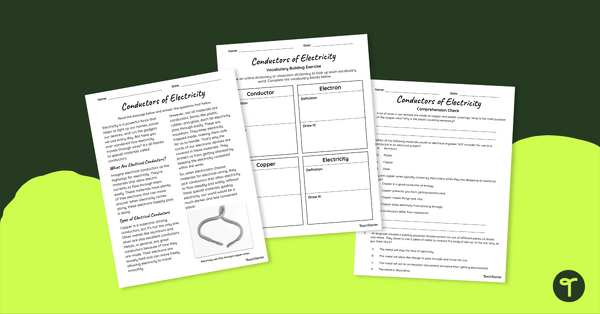
Conductors of Electricity Reading Comprehension Worksheet
Challenge your students to show what they know about electrical conductors with this reading comprehension worksheet.
- Plus Plan
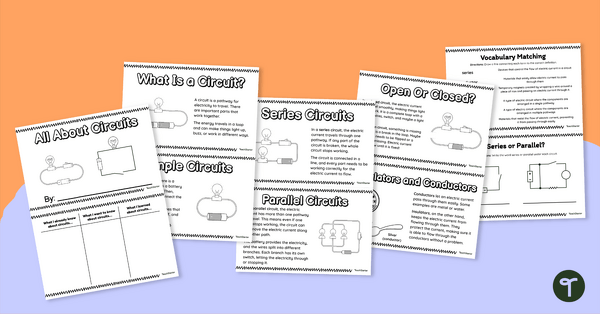
All About Circuits Mini-Book
Use this mini-book to teach your students about the different types of circuits, symbols, their components and much more.
- Plus Plan
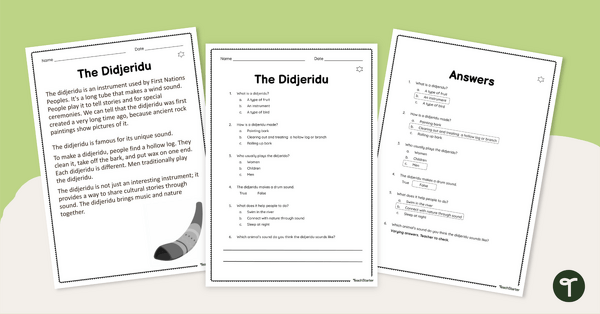
Sound Energy Didjeridu Research Task
Delve into learning about the didjeridu, its characteristic sounds, and its significance in First Nations Culture with this read-and-respond activity.
- Plus Plan
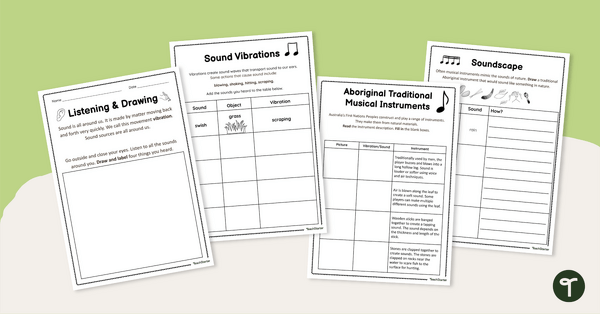
Sound Energy (First Nations Instruments) Investigation
Use this sound energy investigation to help your students record their learnings about First Nations traditional instruments and how they produce sound.
- Plus Plan
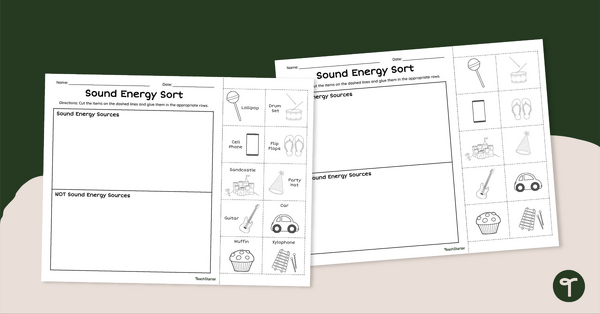
Sound Energy Sources Cut and Paste Worksheet
Teach your students all about sound energy sources using this cut-and-paste sorting worksheet.
- Plus Plan
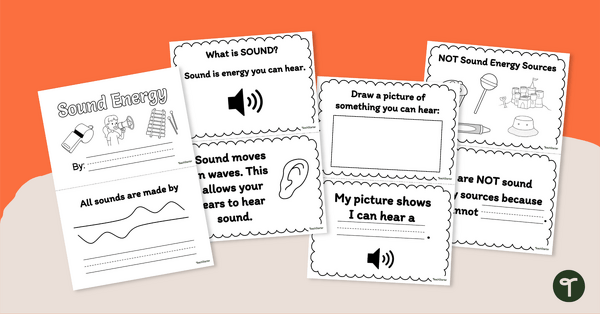
Sound Energy Mini Book
Teach your students all about sound energy sources using this 12-page mini-book.
- Plus Plan
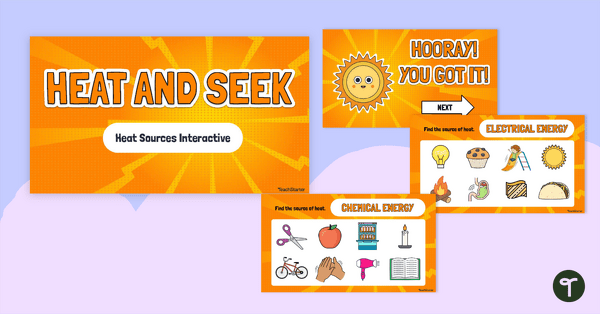
Heat Energy Sources Interactive Activity
Help students identify different sources of heat energy with this engaging, interactive activity.
- Plus Plan
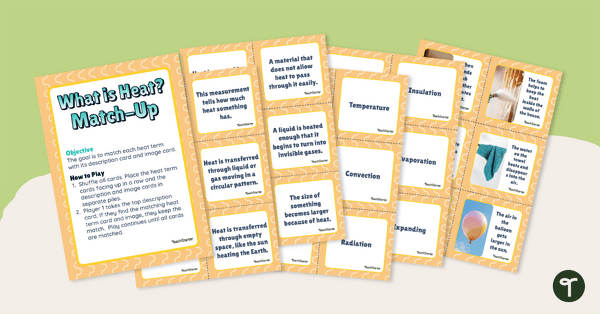
Heat Energy Vocabulary Match Up Activity
Explore different heat energy vocabulary words with this definition and word match-up activity.
- Plus Plan

Wheel of Heat Transfer Project
Explore the process of heat transfer with this engaging wheel of heat project.
- Plus Plan
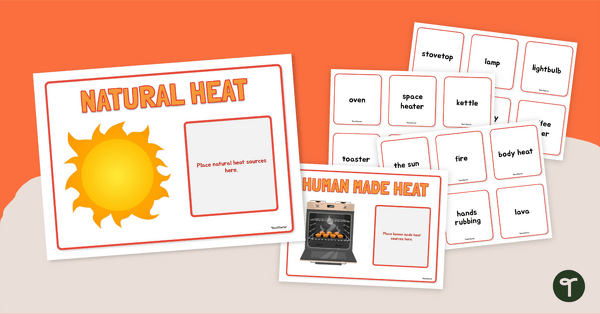
Natural and Human Made Heat Sources Sort
Explore the different man-made and natural heat sources with this sorting activity.
- Plus Plan
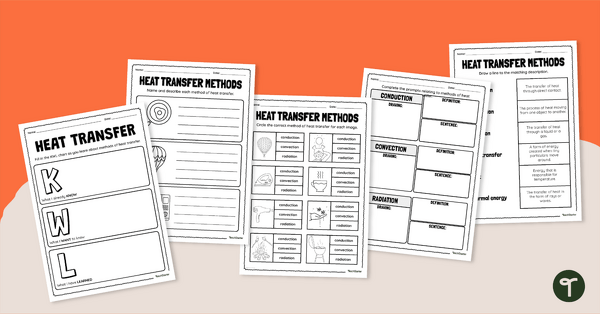
Heat Transfer Methods Worksheet Pack
Learn about the different ways heat can be transferred using this guided set of heat transfer worksheets.
- Plus Plan
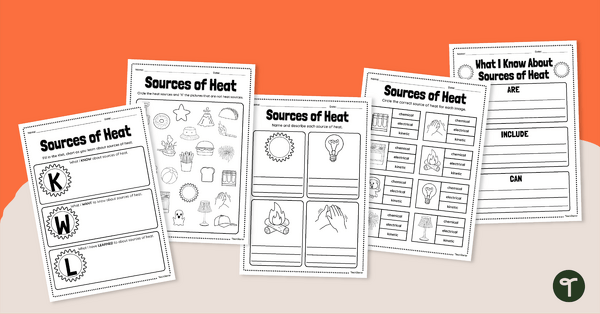
Year 3 Sources of Heat Worksheet Pack
Learn all about different thermal energy sources with this set of heat worksheets.
- Plus Plan
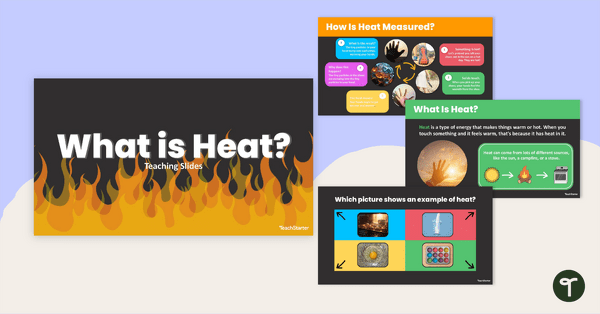
What is Heat? Thermal Energy Teaching Slides
Guide students through learning about thermal energy with this set of ‘What is Heat?’ teaching slides.
- Plus Plan

Sound Energy Task Cards
Reinforce student understanding of sound energy facts and vocabulary with this set of 24 task cards.
- Free Plan
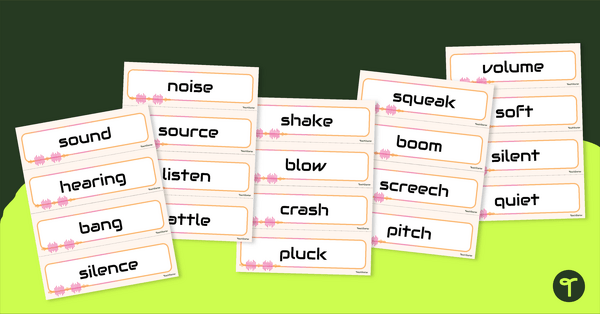
Sound Word Wall Vocabulary
Build academic vocabulary with a set of 28 sound vocabulary cards.
- Plus Plan
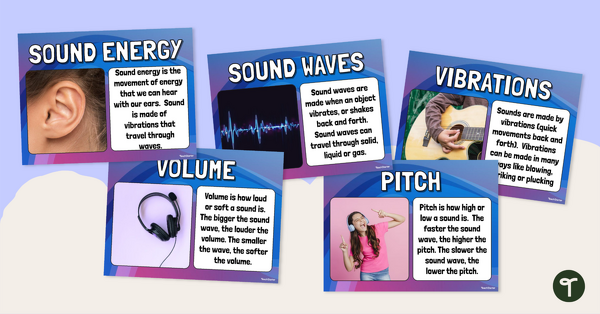
Sound Energy Poster Set
Display this set of 5 sound energy posters in your classroom to help students remember key information about this form of energy.
- Plus Plan
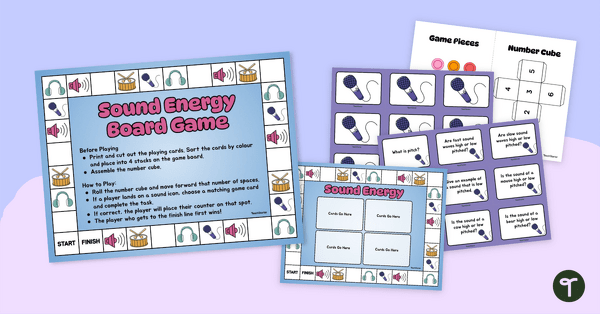
Sound Energy Board Game for Grade 2
Enable your students to practise identifying and describing sound energy sources with this fast-paced board game!
- Plus Plan
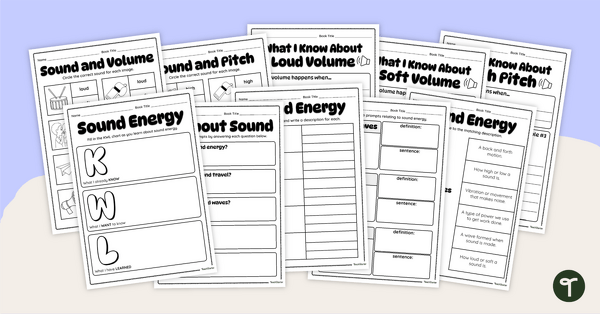
Exploring Sound Energy Worksheet Pack
Enhance your students' comprehension of sound energy concepts, whilst catering to a range of learning needs, with this set of 11 worksheets.
- Plus Plan
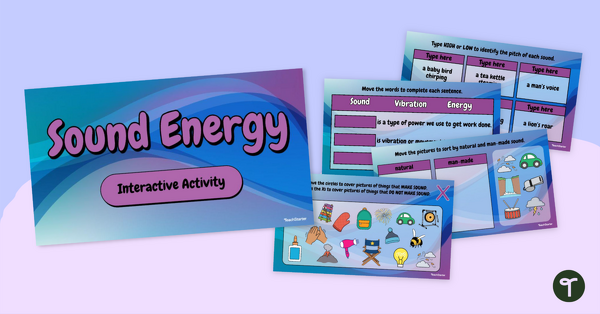
Sound Energy Interactive Activity
Reinforce your students' understanding of sound energy concepts with this set of 10 interactive activities.
- Plus Plan
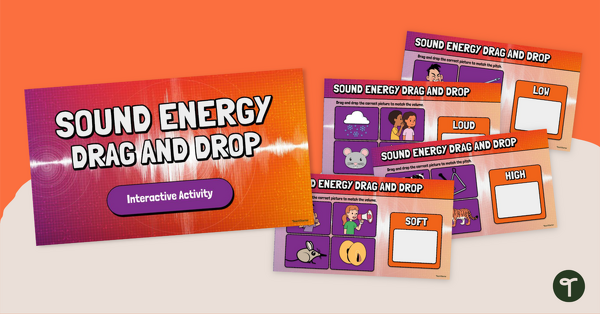
Sound Energy Drag and Drop Interactive Activity
Enhance students' ability to identify and describe sound energy concepts in a hands-on and immersive manner with this interactive slide deck.